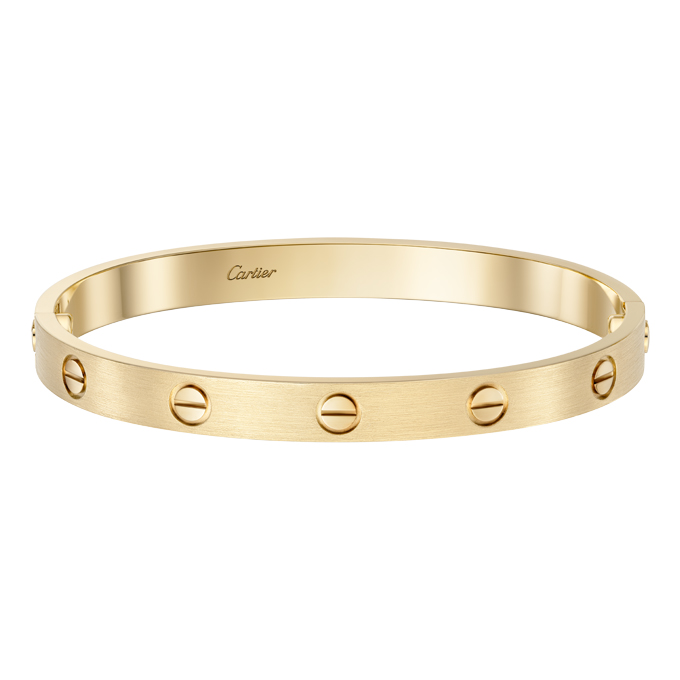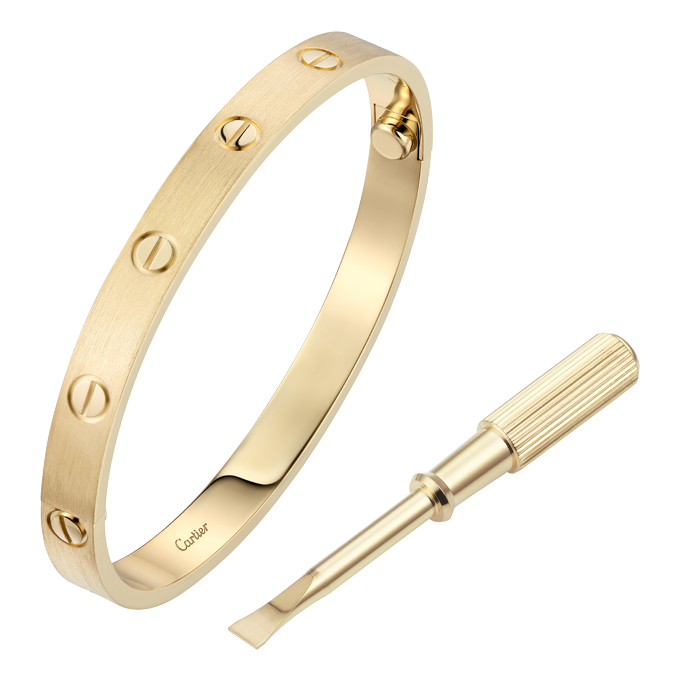There’s not a lot of jewellery in the world that’s as instantly recognisable as the Cartier Love bracelet. First created in 1969 by the house’s designer Aldo Cipullo, they presaged the turn of jewels from precious, occasional items to everyday fashion statements. And Cipullo did it in style indeed, tapping on the French maison’s history with exposed hardware and screws—like in the Santos de Cartier watch which featured screws on its bezel since 1904.

The Love bracelets are iconic for their difficulty of removal. Meant as a nod to timeless and faithful love, the elliptical gold ovals are attached as halves by a screwdriver. The idea is that putting it on requires the assistance of another—a lover, perhaps. Another apocryphal bit of lore: it’s said that in its earliest days, Cartier would not offer a Love bracelet to an individual buying one for themselves, only to couples.

That’s certainly not the case today. (In this writer’s experience, sales associates at Cartier have been known to encourage the notion of self-love—smart!) And as much as time has diluted the veracity of some of the Love bracelets’ origin lore, it has remained much the same in its design. Enter, however, a new breed of Love bracelets, now offered in yellow and white gold with a new brushed finish.




While the oval bands of gold feature the brushed finish, the circular screws are polished to stand out against the bracelet. It’s akin to the satin-polished contrasts you’ll find on a lot of fine watches. A subtle detail that might be easily missed, but which nonetheless adds a lot of refinement to the design. The contrast gets even more pronounced if you stack it—as a lot of Love bracelet wearers are wont to do—with the classic polished gold versions.


The brushed look of these new bracelets also add a fresh touch of gender neutrality to the collection. Not that the Love bracelets were ever particularly gendered, but the matte look is sure to speak to even more gents who prefer a more discreet shine to their jewellery.





